An t-Sron
Geological Conservation Review site | GCR #1010 | Stratigraphy | Cambrian
Geological Conservation Review site | GCR #1010 | Stratigraphy | Cambrian
Scotland's geosites are chosen because of their local, national or international importance. Take only photos, leave only footprints: avoid causing any damage to this site. You can walk almost anywhere in Scotland without the need to ask permission or keep to paths, but you have a responsibility to care for your own safety, to respect people's privacy and peace of mind and to cause no damage.
This site is a Site of Special Scientific Interest (SSSI). It is an offence to intentionally or recklessly damage the protected natural features of a SSSI, and this includes unauthorised sample collection.
The right of access does not extend to quarries, building sites or any land where public access is prohibited, or to the collection of geological samples.
A key site for developing understanding of the Cambrian succession in NW Scotland - important for north Atlantic correlations and, more locally, for reconstructing the structures of the Moine Thrust Belt
This is a key locality for establishing the stratigraphic order of Cambrian rocks in NW Scotland - the type locality for the An t-Sron Formation, and its constituent members of the Fucoid Beds and Salterella Grit. The headland holds an antiform cored by the Pipe Rock (Eriboll Sandstone Formation), passing up through the An t-Sron and into the lowest part of the Durness Group carbonates. Building the lower part of the Cambrian stratigraphic section requires understanding the significantly more complex steep, eastern limb (locally over-turned, with thrust repetition) of the Kempie syncline.The Fucoid Beds and Salterella Grit are well-displayed, the two latter units yielding the typical fossils (olenellid trilobites and other taxa) enabling a Lower Cambrian age to be assigned to these rocks. The facies transition from tidal arenaceous units to the overlying calcareous formations of the Durness Group has been studied in detail and related to the overall palaeogeographic development of the region in Cambrian times. A key site in our understanding of the Cambrian rocks of northern Britain.
There are no access notes yet.
There are no safety notes yet.
There are no site highlights yet.
There are no further information notes yet.
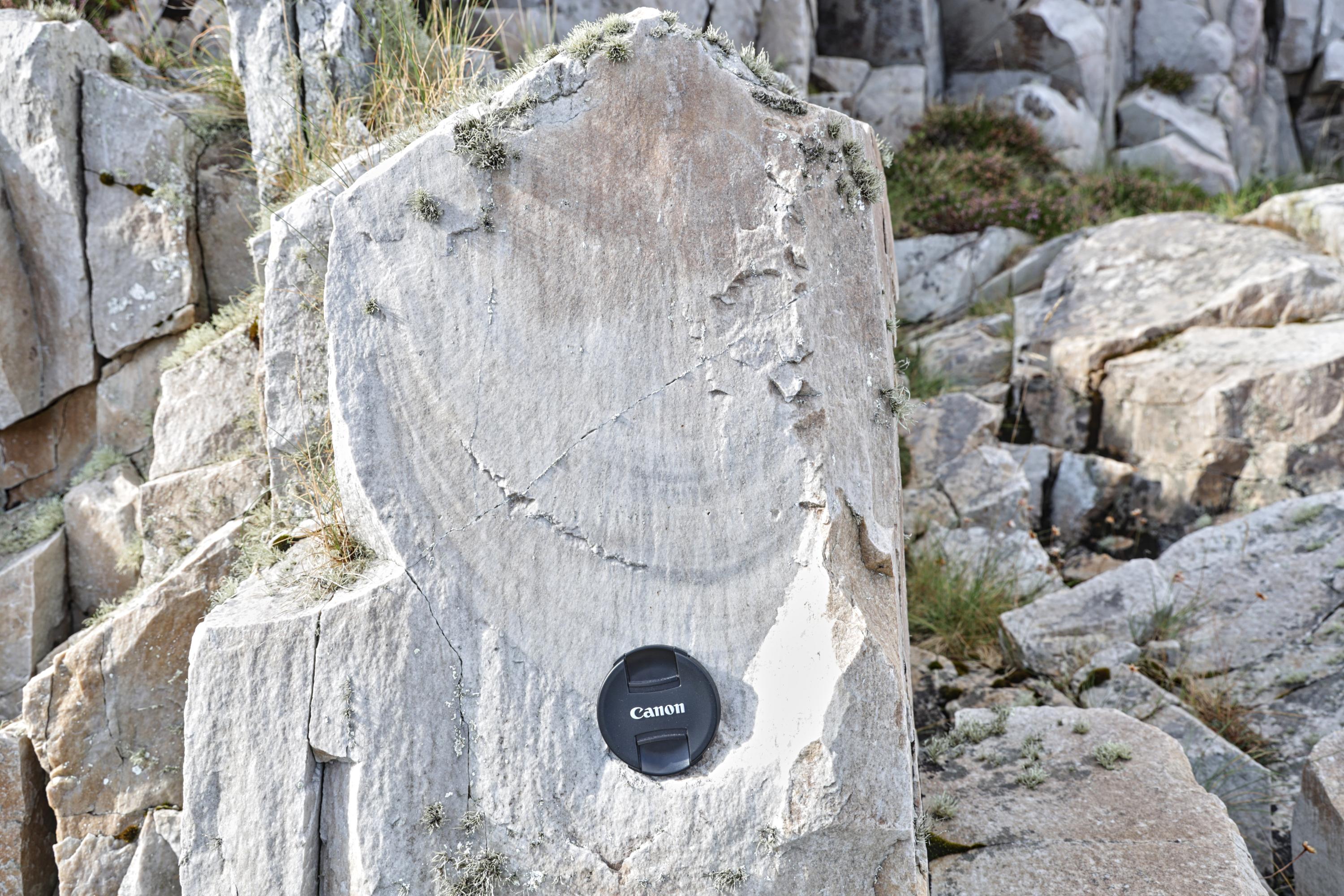
A small fold in a broken block of quartz arenite of the Pipe Rock Member
Alex Gabriel
Sept. 16, 2023
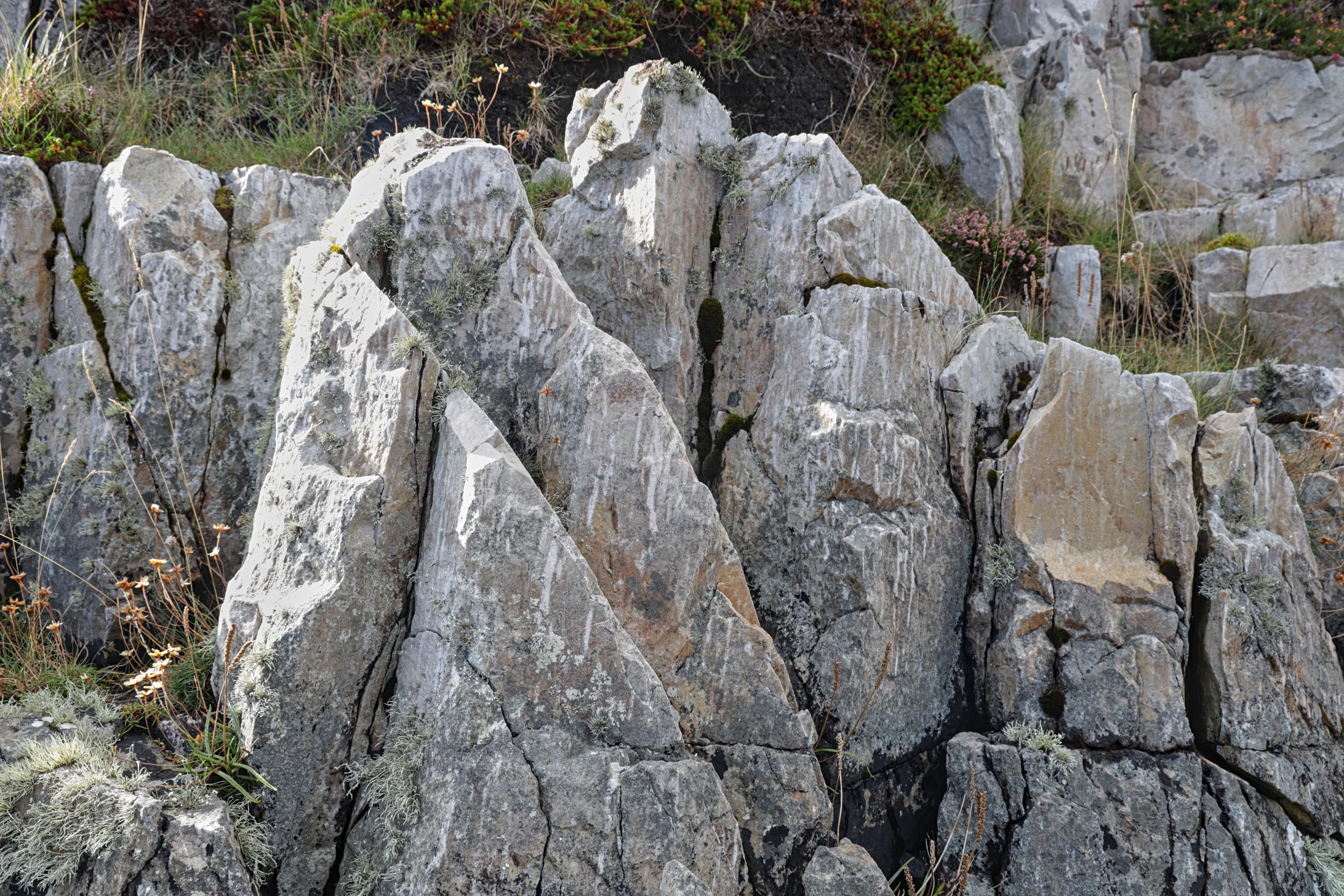
Joined fine-grained quartzite beds of the Pipe Rock Member with visible Skolithos burrows
Alex Gabriel
Sept. 16, 2023
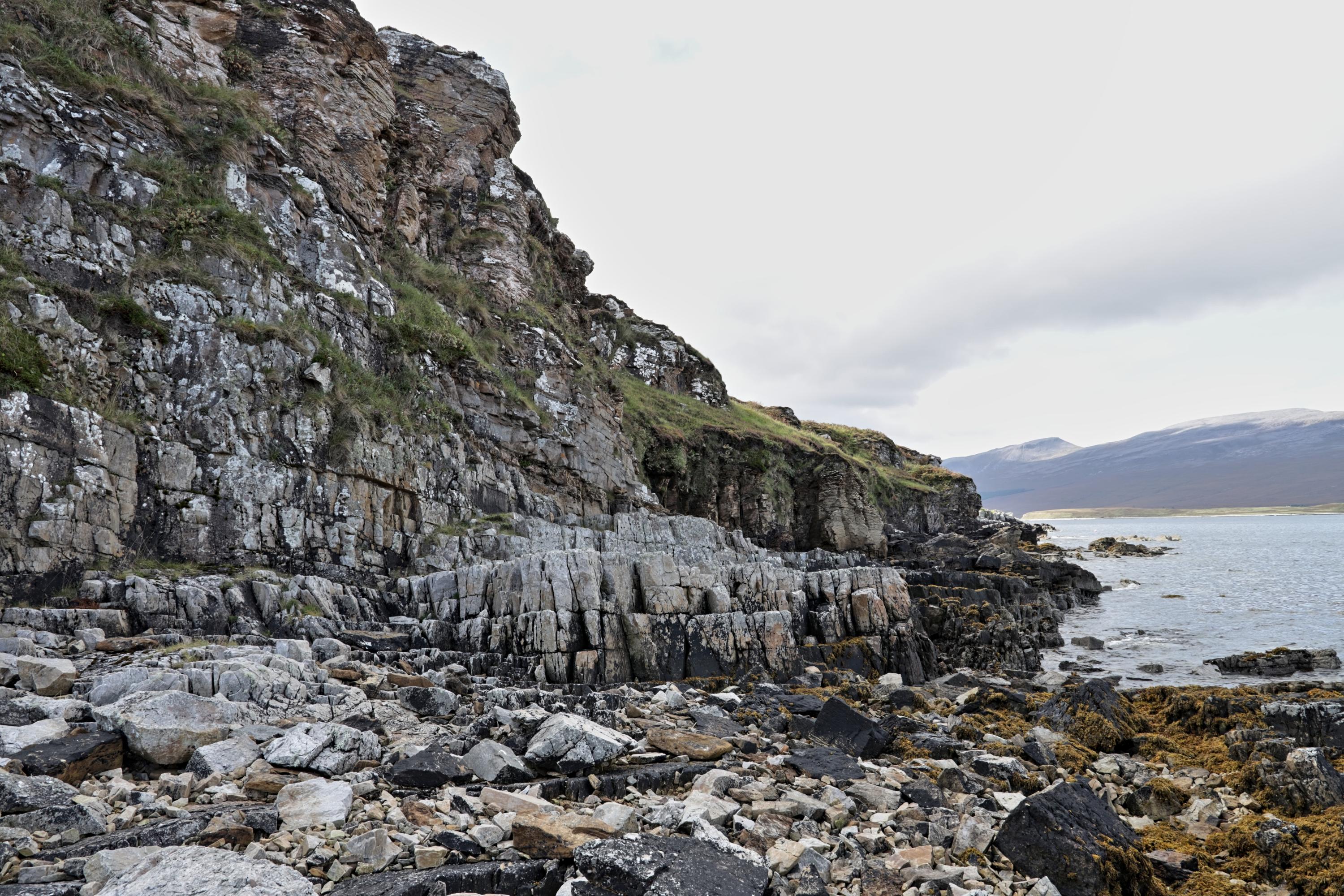
The boundary between the Pipe Rock Member (light grey, in the middle ground) and the Fucoid Beds (brown-orange, on the cliff). The contact can be traced from the center of the image to the left at the base of a thin, weathered unit overlain by massive sandstones.
Alex Gabriel
Sept. 16, 2023
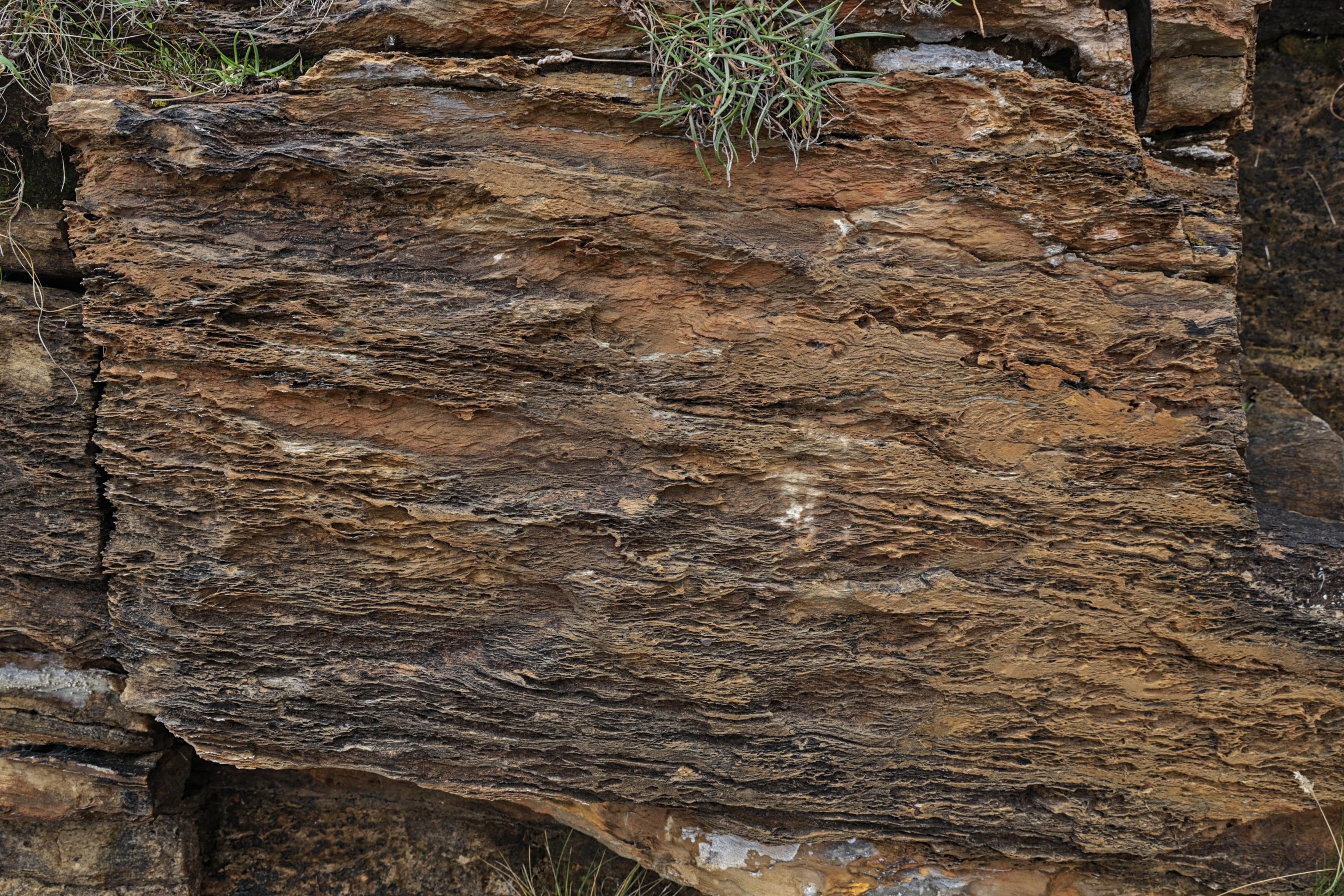
The lowermost unit of the Fucoid Beds is represented by fine-grained, orange-brown sandstones that were intensely weathered.
Alex Gabriel
Sept. 16, 2023

Higher up in the sequence, the sandstones are less weathered. Small-scale hummocky cross-stratification and bioturbation are present.
Alex Gabriel
Sept. 16, 2023

A tight fold in the Fucoid Beds
Alex Gabriel
Sept. 16, 2023

Bimodal cross-lamination in the Fucoid Beds
Alex Gabriel
Sept. 16, 2023

Swaley cross-stratification and ripple lamination in the Fucoid Beds
Alex Gabriel
Sept. 16, 2023

Layers of Fucoid Beds appear to have been deformed into a large recumbent fold.
Alex Gabriel
Sept. 16, 2023
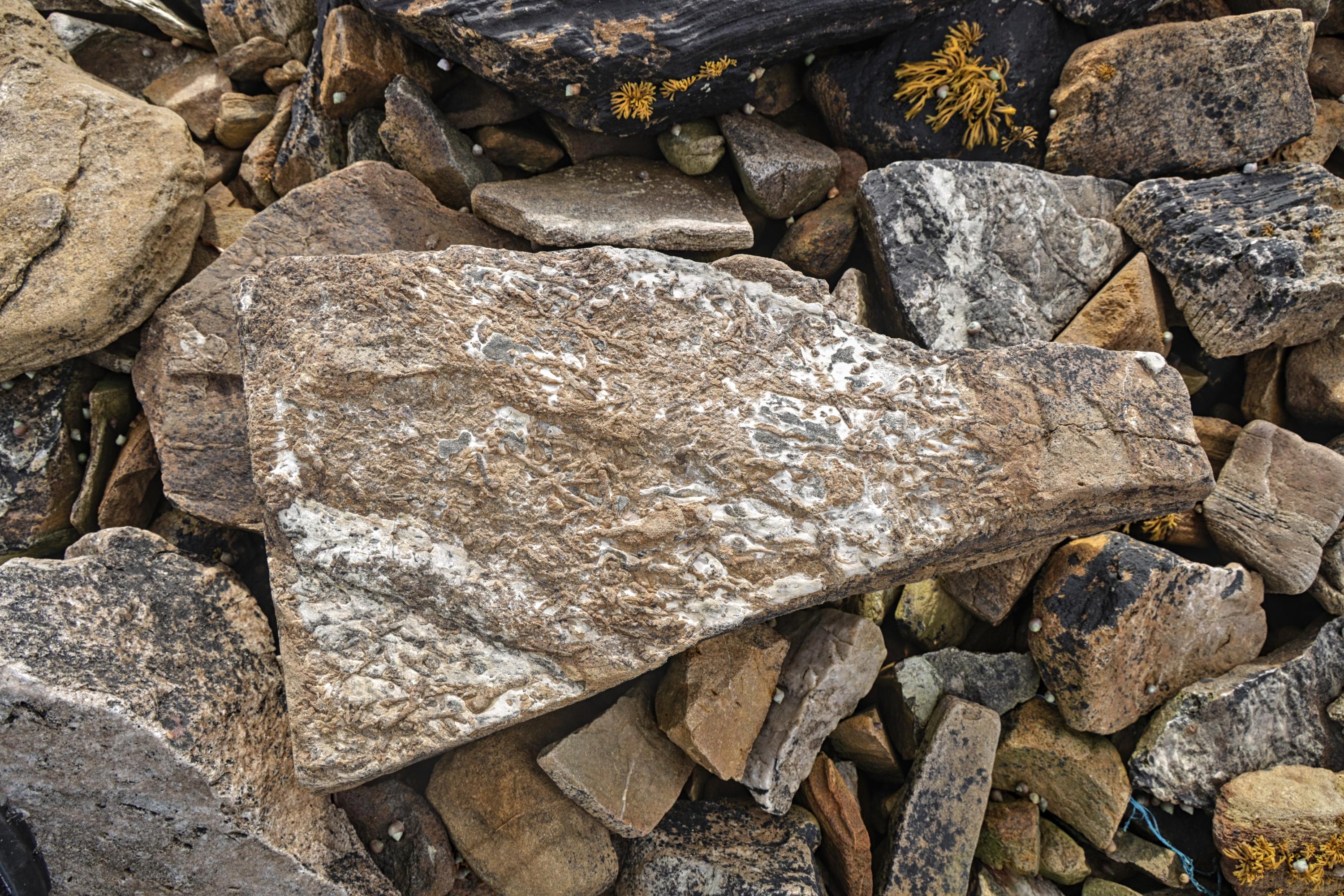
Underside of a slab of Fucoid Beds displaying Planolites burrows
Alex Gabriel
Sept. 16, 2023

Boundary between the Fucoid Beds (below) and the Salterella Grit (above). The wave-cut platform at the base of the Fucoid Beds preserves traces of interference ripples. View looking northeast
Alex Gabriel
Sept. 16, 2023

Thin dolomitic limestones of the Ghrudaidh Formation with a 40-degree southwest dip
Alex Gabriel
Sept. 16, 2023